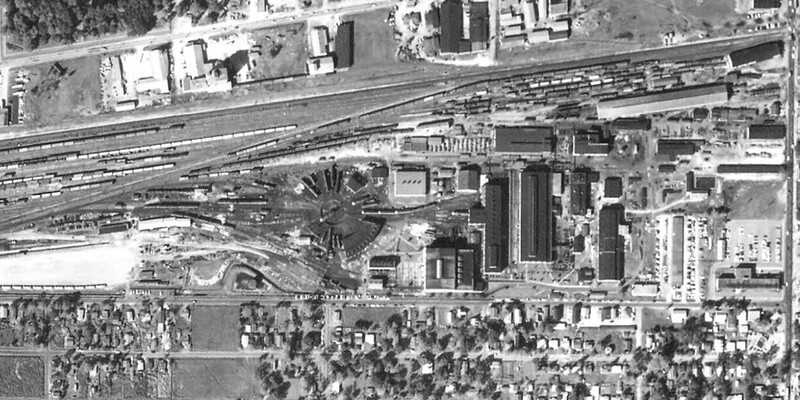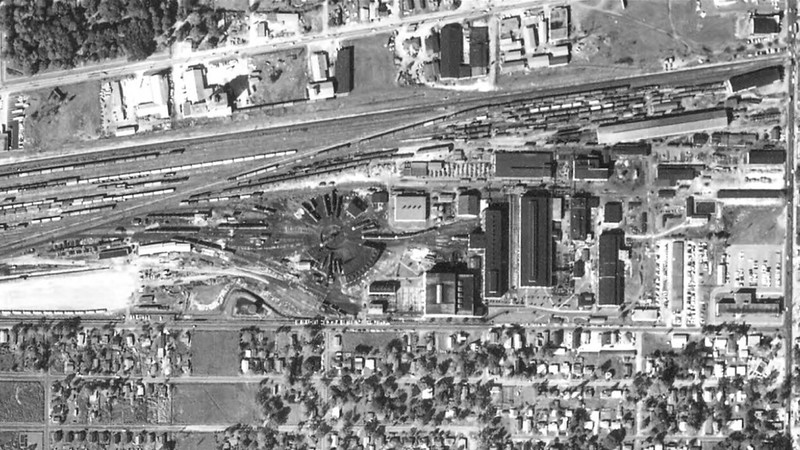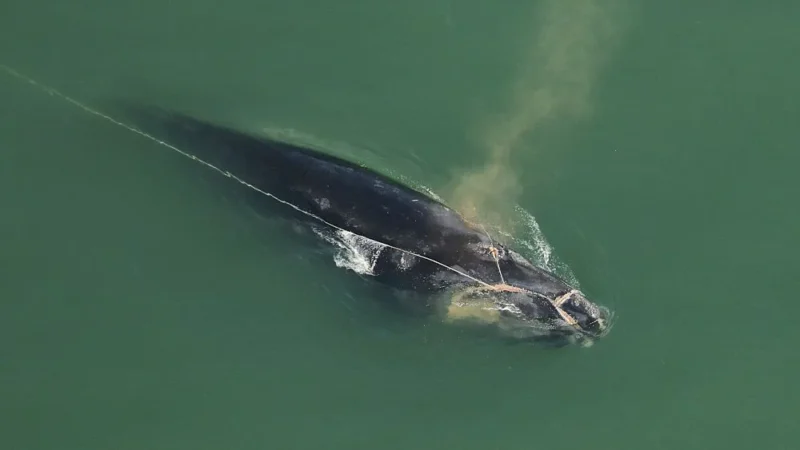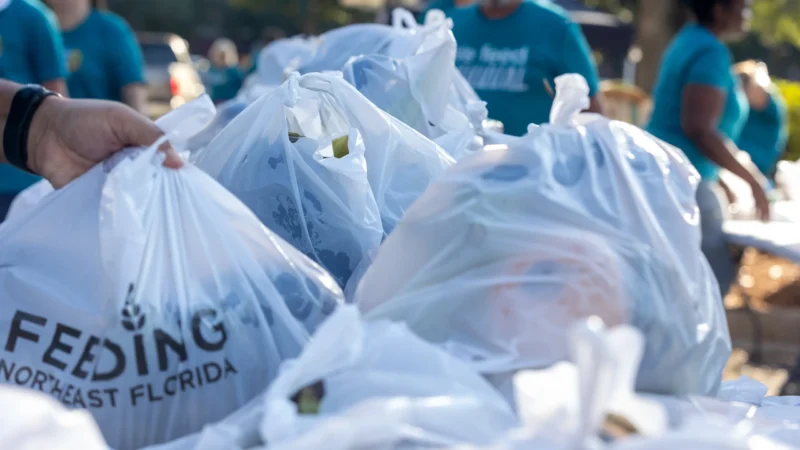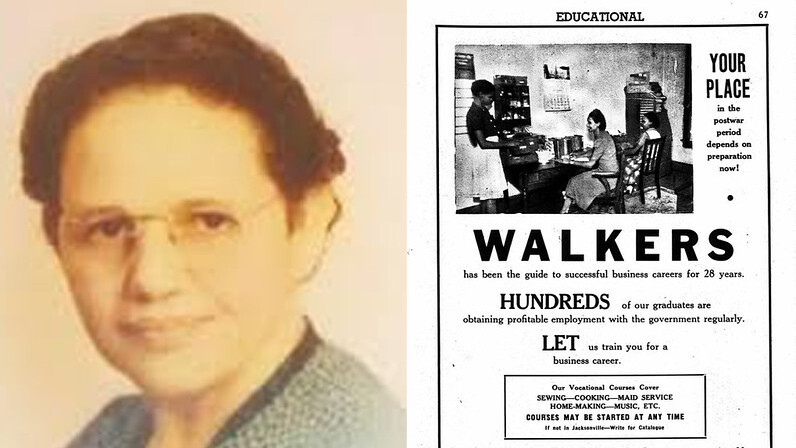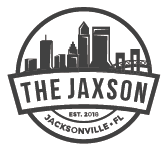
For much of the 20th century, the West Jacksonville Yard and its locomotive maintenance and repair shops served as a key economic anchor on Jacksonville’s Westside. Here’s a look back at the rich history of this iconic industrial site.
The beginning

In the late 19th century, the Florida Central and Peninsular Railroad established its West Jacksonville rail yard and maintenance shops on the city’s western edge. In 1903, the Seaboard Air Line Railway acquired FC&P and expanded the site, making it one of Jacksonville’s largest employers by 1909, with over 1,000 workers.
Located just south of West Beaver Street, between McDuff Avenue and Edgewood Avenue, the rail yard and maintenance shops played a key role in the early growth of surrounding neighborhoods such as Lackawanna, Murray Hill and Woodstock.
To connect the shops with Downtown Jacksonville, a streetcar line was built along Lackawanna (now Edison Avenue). At its peak, the streetcar line offered 89 round trips daily with 15-minute intervals, serving as a vital part of the city’s mass transit system until streetcars were replaced by buses in 1936.
The Seaboard complex once included steam and diesel locomotive shops and a 165-foot turntable. On April 6, 1917, workers raised the largest American flag in Jacksonville at the yard, hoisted atop a 120-foot flagpole — the tallest in the city at the time.
The end
In 1967, SAL merged with its longtime rival, the Atlantic Coast Line Railroad, forming the Seaboard Coast Line Railroad. That entity later merged with the Chessie System in 1980. Rail operations at the West Jacksonville shops ended in 1985, just before the company rebranded as CSX Transportation. Today, while the original shops have been demolished, the site remains active. The West Jacksonville Yard is used to store rock trains for Conrad Yelvington’s nearby terminal, and CSX continues to operate dispatch, crew services and a TRANSFLO terminal on portions of the historic property.
Historic photographs
















